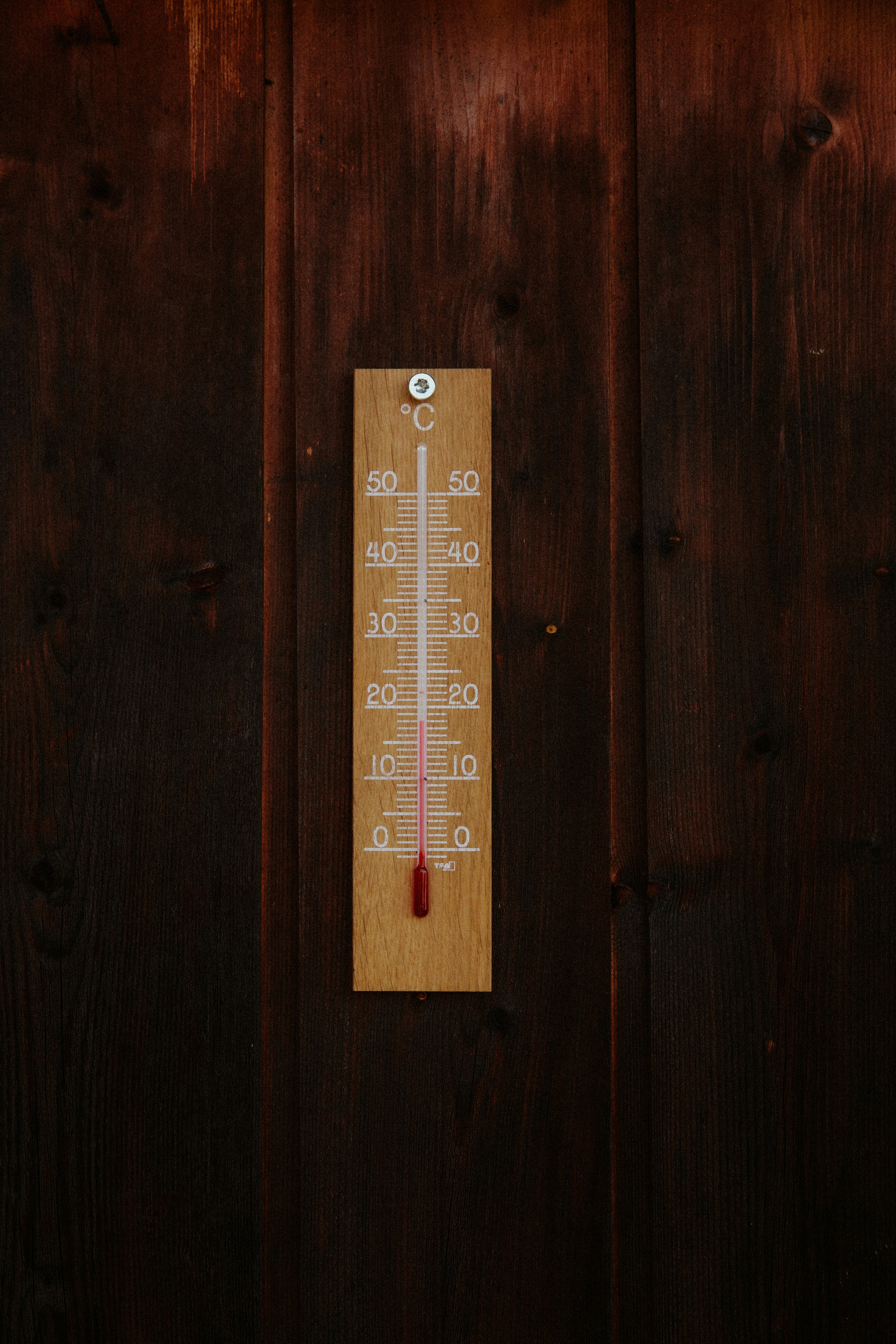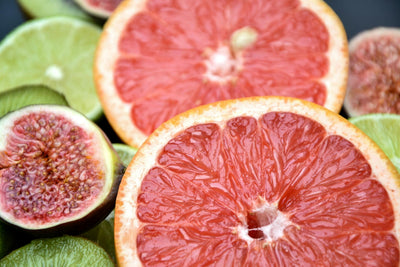Understanding Refrigerator Temperature
Importance of Proper Refrigerator Temperature
The significance of maintaining the ideal refrigerator temperature can't be overstated. It's the cornerstone of food safety, ensuring that your perishables remain fresh and safe to consume. Proper refrigeration slows down the growth of harmful bacteria, which thrive in warmer temperatures, thereby prolonging the shelf life of many food items. Not only does this contribute to the health and well-being of everyone in your household, but it also aids in reducing food waste and conserving resources.
Understanding the importance of refrigerator temperature aids in keeping your food's flavor, nutrients, and texture intact. For instance, knowing how long different food items can last under optimal conditions is crucial, such as determining how long can salmon last in the fridge or how long does celery last in the fridge.
Impact of Incorrect Temperature Settings
Incorrect temperature settings in your refrigerator can have several adverse effects. If the temperature is too high, it can accelerate food spoilage and increase the risk of foodborne illnesses. For example, dairy products like milk can sour quickly, and meat may become unsafe to eat if they're not stored at the right temperatures. Understanding how long can milk last outside the fridge is essential to prevent consuming spoiled products.
Conversely, temperatures that are set too low can lead to unnecessary energy consumption and cause some foods to freeze, potentially ruining their texture and taste. This is particularly important when considering delicate items like fresh produce or eggs, where the texture is an integral part of their enjoyment.
Maintaining the right temperature is also a matter of efficiency. By keeping your refrigerator at the correct setting, you're ensuring that it isn't working harder than necessary, which can lead to increased wear and tear as well as higher electricity bills.
For those who cherish their culinary creations, understanding the impact of temperature on food preservation is crucial. Whether it's ensuring that pizza stays fresh or keeping your vegetables crisp, the correct temperature setting is key.
In the following sections, we'll delve deeper into what the ideal fridge temperature range is, the factors affecting it, and how to organize and maintain your fridge to ensure optimal performance and food safety.
Ideal Fridge Temperature Range
Creating the right environment in your refrigerator is essential for food preservation. Understanding the ideal temperature settings will help you keep your food fresh longer, reduce the risk of foodborne illnesses, and can even extend the life of your appliance.
Recommended Refrigerator Temperature
The optimal temperature for your refrigerator is at or below 40°F (4°C). This setting is the sweet spot that slows down bacterial growth without freezing your fresh produce and other perishable items. Adjusting your refrigerator to this temperature ensures that your food remains fresh and safe to consume.
Here's a table summarizing the recommended temperature range for various compartments within the refrigerator:
| Refrigerator Section | Ideal Temperature Range |
|---|---|
| Main Compartment | 35°F to 38°F (1.7°C to 3.3°C) |
| Crisper Drawers | 40°F (4°C) |
| Door Shelves | Slightly warmer than the main compartment |
Remember that the temperature may vary slightly from shelf to shelf, so it's a good idea to place items like milk, which spoil easily, in the colder parts of your fridge.
Freezer Temperature Guidelines
For the freezer section, aim for 0°F (-18°C) to ensure that your foods remain frozen and that ice crystals don't form on the surface of your items. At this temperature, bacteria that can cause food spoilage and foodborne diseases are inactivated.
| Freezer Section | Ideal Temperature |
|---|---|
| General Freezer Compartment | 0°F (-18°C) |
| Ice Maker Section | 0°F (-18°C) |
Maintaining the recommended settings in the freezer compartment is crucial for prolonging the life of your frozen goods. Whether it's pizza or salmon, keeping foods at the correct temperature is key to preserving their freshness.
For both the fridge and freezer, it's important to have a reliable thermometer inside to ensure that your appliance maintains the right conditions. If you notice fluctuations, take steps to adjust the temperature accordingly. Regularly monitoring and maintaining the ideal temperature will help keep your food safe and reduce waste, making your refrigerator more efficient and effective.
Factors Affecting Refrigerator Temperature
Maintaining the right temperature in your refrigerator is essential for food preservation and safety. However, various factors can influence the internal temperature of your fridge, and understanding these can help you ensure your appliance is functioning optimally.
Location of the Fridge
The placement of your refrigerator can have a significant impact on its cooling efficiency. Factors such as exposure to direct sunlight, proximity to heat-producing appliances like ovens or dishwashers, or being situated in a poorly ventilated area can cause the fridge to work harder to maintain the ideal temperature.
When choosing a spot for your fridge, aim for a location away from heat sources and with good air circulation. It's also wise to leave some space between the wall and the back of your fridge to allow for proper airflow. For more on selecting the right fridge for your space, consider reading about charming and compact refrigerators and transforming your kitchen with the right fridge.
Frequency of Door Opening
How often the refrigerator door is opened can also affect the internal temperature. Each time the door is opened, warm air enters and the fridge must cool down again. In households where the fridge is accessed frequently, this can lead to fluctuations in temperature and increased energy consumption.
To minimize this effect, try to reduce the number of times you open the fridge door by planning ahead. Grouping tasks like taking out ingredients for a meal all at once can help. If you're interested in food storage tips to maintain freshness while minimizing door opening, have a look at our articles on preserving pizza freshness and extending the shelf life of salmon.
By being mindful of these factors, you can help your refrigerator maintain the ideal temperature, ensuring that your food stays fresh and safe to eat. Regular monitoring and adjustments to the temperature settings may be necessary to account for these variables.
Adjusting Fridge Temperature
Properly adjusting your fridge temperature is crucial for food preservation and safety. By maintaining the right temperature, you can ensure that your food remains fresh for as long as possible and that harmful bacteria do not proliferate.
How to Check Fridge Temperature
Checking the temperature of your fridge can be done using an appliance thermometer. Follow these steps to ensure an accurate reading:
- Place the thermometer in a glass of water in the center of the refrigerator and leave it there for at least 8 hours.
- To check the freezer temperature, place the thermometer between frozen packages and wait for 8 hours.
- Read the temperature. If it falls within the recommended range, then your fridge is correctly set.
It's vital to check the temperature periodically, as changes in the environment or fridge usage can alter it. For information on how long certain foods stay fresh at these temperatures, take a look at our guides, such as how long can salmon last in the fridge and how long does pizza stay good in the fridge.
How to Adjust Fridge Temperature
If your fridge doesn't maintain the recommended temperature, follow these steps to adjust it:
- Locate the temperature control dial, which is usually found inside the fridge.
- Adjust the dial to the recommended setting. Note that some fridges use a numerical scale, while others may have settings like 'warmer' or 'colder'.
- After adjusting, allow your fridge to stabilize. This can take up to 24 hours.
- Re-check the temperature using the thermometer to ensure it's within the ideal range.
Remember, your fridge's efficiency can be impacted by its location and how often the door is opened. For tips on organizing your fridge for optimal temperature control, see article say goodbye to clutter best bottom freezer refrigerator for organization.
By routinely checking and adjusting your fridge temperature, you can crack the code to decoding the ideal fridge temperature and keep your food as fresh and safe as possible.
Organizing Your Fridge for Efficiency
Organizing your fridge efficiently can make a significant difference in how well it maintains its temperature and how long your food stays fresh. By understanding how to place your food properly and by recognizing the various temperature zones within your fridge, you can ensure maximum freshness and minimize food waste.
Proper Food Placement
The arrangement of food in your fridge can impact both its lifespan and the efficiency of your fridge. Here's a general guide to organizing your fridge's content:
| Shelf/Drawer | Suggested Items |
|---|---|
| Upper shelves | Ready-to-eat foods (e.g., leftovers, drinks, and deli meats) |
| Lower shelves | Raw ingredients for cooking (e.g., raw meat, poultry, and fish) |
| Crispers | Fruits and vegetables |
| Door | Condiments, juices, and other items less susceptible to temperature fluctuations |
When placing items in your fridge, ensure that you're allowing enough space between them to enable proper air circulation. This helps to maintain an even temperature throughout the fridge. For more detailed information on how to keep specific items fresh, you can read our article on how pizza stays fresh mastering the storage of pizza in the fridge.
Temperature Zones in the Fridge
Your fridge has different temperature zones that are suitable for different types of food. Being aware of these zones can help you place your food in the most appropriate spots:
| Zone | Location | Suggested Items |
|---|---|---|
| Coldest Zone | Usually the bottom shelf near the back | Raw meat, poultry, and fish |
| Moderate Zone | Middle shelves | Dairy products, eggs, and leftovers |
| Humidity Zone | Crisper drawers | Fruits and vegetables with humidity control |
| Door | The warmest area | Condiments, juices, and water bottles |
Using these zones to your advantage can enhance the longevity of your food items. For instance, knowing that the door is the warmest area due to its frequent exposure to outside air, it's best to avoid storing perishable items like milk or eggs there. Instead, use it for items that are more resistant to temperature changes.
By applying these principles of food placement and understanding the temperature zones within your fridge, you can optimize the effectiveness of your refrigerator. This not only helps in maintaining the ideal fridge temperature but also contributes to the overall performance and efficiency of your appliance. If you're looking for a fridge that helps you achieve this organization with style, consider exploring charming and compact refrigerators or innovative bottom freezer refrigerators for your food storage needs.
Maintaining Optimal Refrigerator Temperature
Maintaining the ideal temperature in your refrigerator is key to ensuring the longevity of your food and the efficiency of your appliance. Regular upkeep, such as cleaning and defrosting, as well as consistent monitoring, can help in preserving the optimal environment for your perishables.
Regular Cleaning and Defrosting
Regular cleaning and defrosting of your refrigerator are crucial for maintaining an efficient cooling system. Over time, dust and debris can accumulate on the condenser coils, leading to inefficient cooling and higher energy consumption.
Defrosting is particularly important for those refrigerators that do not have an auto-defrost feature. Excessive frost build-up can diminish the cooling efficiency and can lead to uneven temperatures within your fridge. Here's a simple guide to help you keep track of the cleaning and defrosting schedule:
| Task | Frequency |
|---|---|
| Cleaning Condenser Coils | Every 6 months |
| Cleaning Interior and Gaskets | Monthly |
| Manual Defrosting (if applicable) | When frost exceeds 1/4 inch |
For more specific guidance on keeping your fridge clean and organized, check out our article on say goodbye to clutter best bottom freezer refrigerator for organization.
Checking Temperature Consistency
To ensure your fridge is running at the ideal temperature, it's important to regularly check the consistency of the temperature. You can use an appliance thermometer to monitor the temperature inside your refrigerator. The fridge should be at or below 40°F (4°C), and the freezer should be at 0°F (-18°C).
It's advisable to check the temperature periodically, especially after large grocery hauls, during warm weather, or if you notice your food is spoiling more quickly than it should. If you find fluctuations, it may be time to investigate and troubleshoot potential issues, such as door seals, thermostat accuracy, or overstocking your fridge.
To learn more about the correct storage methods for specific foods and how long they can last under optimal conditions, explore articles like freshness unleashed how long can salmon last in the fridge and preserve the flavor how long does pizza stay good in the fridge.
By keeping a regular cleaning schedule and monitoring the temperature, you can ensure that your refrigerator remains efficient and your food stays fresh for as long as possible. Remember, a well-maintained fridge not only saves energy but also prevents food waste, making it an essential practice for any household.
Get Your Upgrade or New Addition at Fridge.com
Shop the world's best brands at Fridge.com.
Whether you're searching for your perfect fridge, freezer, wine fridge, beer fridge, ice maker, or kegerator, we have what you need.
We also have tons of awesome articles about kitchen stuff and home news. Enhance your home, garage, backyard, patio, and office with the coolest essentials. With every necessary type of residential refrigerator or freezer in our collection, we've got you covered.
Elevate your game and shop now at Fridge.com!






